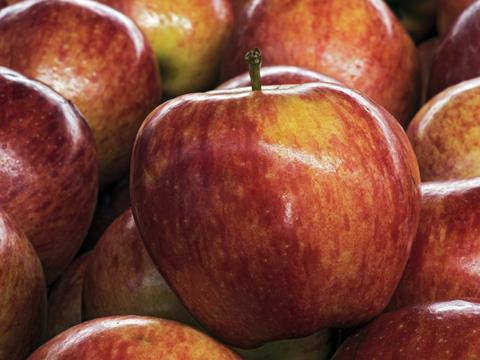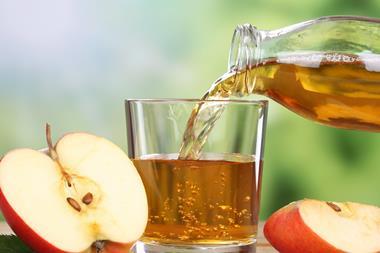
A new technique that could reveal the best time to harvest Gala apples has been identified by an AHDB Horticulture-funded study.
The new approach, which measures the level of chlorophyll fluorescence to track changes during fruit maturity, could help extend the market window for UK-grown Gala apples beyond April claim researchers at Landseer, which is conducting the project.
At present, Gala apples are picked for long-term storage when their starch levels decline to 80%-75% - measured by dipping cut fruit in iodine - but as this can happen very rapidly over a few days, growers are given very little notice to prepare their harvest operation. However, the non-destructive method could alert growers in advance.
“Apple growers are facing increased demands for superior quality fruit while balancing the challenges of labour supply,” said agronomist Nigel Kitney at HL Hutchinson, industry representatives for the project. “Chlorophyll fluorescence helps assess an orchard’s suitability for long-term storage and gives a ten-day early warning that fruit will be ready to pick, enabling improved efficiency of harvest organisation.”
AHDB knowledge exchange manager Scott Raffle described the current test for predicting the best harvest date as reliable, but added that it offered “very little advance notice for growers.”
“We hope this research will lead to a commercially viable device that will mean growers can better mobilise staff and equipment to the right orchards, at the right time, for a more efficient harvest,” he said.
The project, which concludes in 2019, will now look at developing a practical, applicable and affordable device for growers to use on their own farms.
If successful, the technique could be extended across a range of fresh produce which could lead to reduced waste in the supply chain by better predicting when to harvest, suggested AHDB, which is also conducting further research on broccoli.
Mehrdad Mirzaee, a researcher for the project at Landseer, said: “In order for UK growers to extend their market window, their produce must be comparable in terms of quality and price to imported options. The only way to do this is through attention to detail at harvest, to identify the right fruit that can be picked for long-term storage.”


















No comments yet